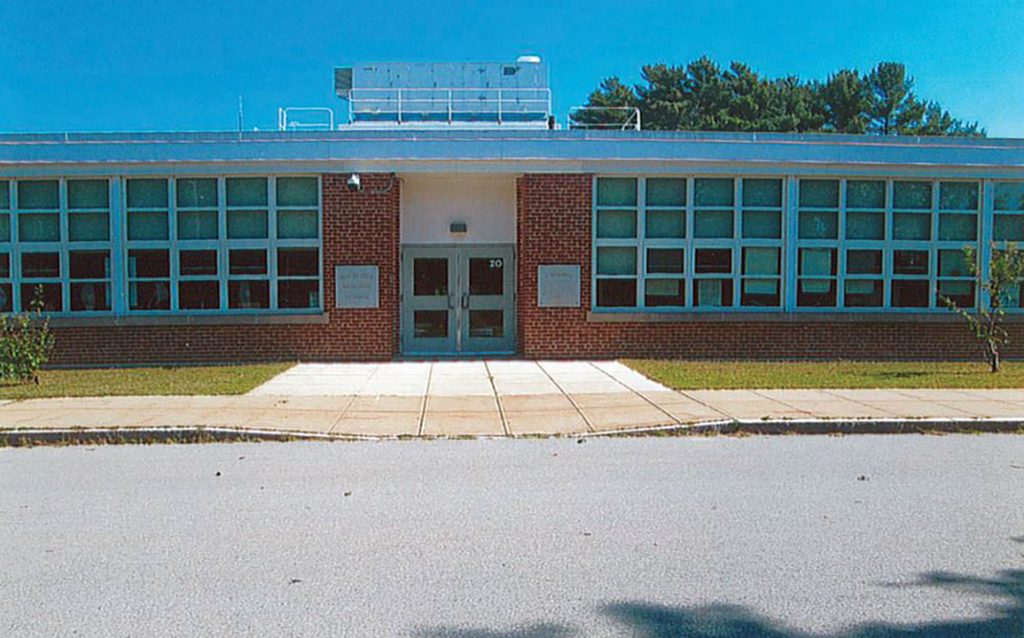Looking through some newspaper articles assembled in a notebook by Betty Beaulieu, I came across a 1951 Standard Times article about Rochester and its controversy over building a new school. Previously, I had mentioned that it took about 30 years for discussions on building a new school to actually result in the Rochester Memorial School, pictured here. This article actually sets out the pros and cons as told to reporter Norman M. Bryden.
According to his article, Rochester’s quiet ways were roiled by a vote taken at a special town meeting that authorized $250,000.00 for the building of a new school. As soon as news of the vote reached townspeople (many who had not bothered to vote), there were cries by many, including one town official, that the town would be bankrupted and people would move out rather than pay higher taxes.
At this time, Rochester was known as a town that was run debt-free and usually had a surplus in its treasury. While this was admirable in many ways, it also meant that little money was spent on improving or modernizing public facilities. Many of those opposed to the new school saw no need for the building as school enrollments had not increased enough to warrant it, with only 29 more students in 1950 than in 1901.
Other concerns were the town with only a valuation of $1,365,502.00 (in 1950) could not afford the $250,000.00, voted and that only 120 people had voted for it which was only 20% of registered voters. Of course, they failed to mention that out of 624 eligible voters in town, 474 chose not to attend or vote at the well-publicized special town meeting. There were also somewhat silly complaints that those who voted for the school only did so because they had children and that it was just about “keeping up with the Joneses.”
On the flip side, those in favor of a new building, noted that Rochester had one of the lowest valuations around and the building committee in 1949 determined that in the first year only, there would be an increase in the tax rate of $7.10 if the school project went forward. It was also pointed out that most people worked out of town and had much better wages than earlier residents, so the tax increase would not drive them away.
Probably the biggest reason put forward for a new school was that no one school in town could house all the students. That meant that grades 1-5 were in East Rochester at the Pierceville School and grades 6-8 at the Waterman School. Both schools were “ancient” and still had outdoor toilets. The Waterman School by then had been cobbled together with two other buildings which meant three furnaces needing to be fueled in the winter. Putting all students together in one building would, it was believed, provide a better, more cohesive educational environment.
In the end, a lot was selected across from Sherman Cemetery, bids were accepted and the new school with all students under the same roof was built. The town didn’t go bankrupt, the tax hike did not drive people out of town, rather population increased and eventually, all the bitterness and acrimony died down.
By Connie Eshbach
